Italian Perfumery History
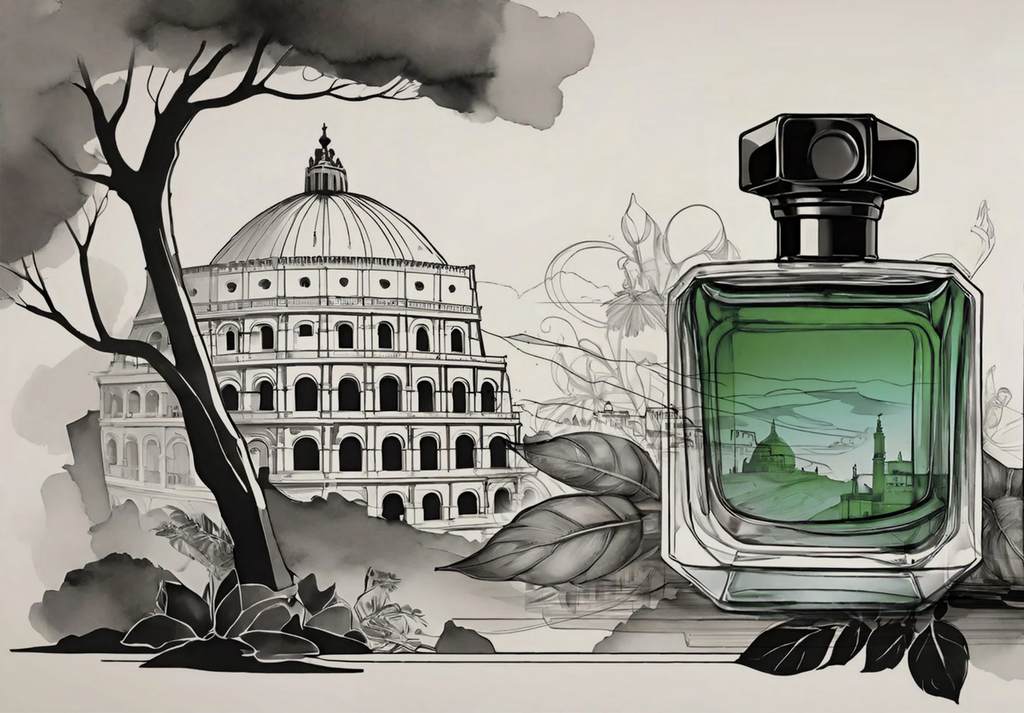
Image from Duftbunker
From personal scents to other cosmetics to home decor and air fresheners, perfumes are found almost everywhere today, in one form or another. The history of perfume has long roots in Italy. While France is known for the highest production capacity, perfumes made in Italy stand out for their exclusive designs, expensive fragrance raw materials, and customizable scents. This is why Italy is still known as the epicenter of hand-made perfume products and exclusively designed scents worldwide.
In this article, we will delve into the rich history of Italian perfumery, along with the ancient origins of perfumes made in Italy and their gradual evolution over the centuries. So let’s get started.
Table of content
-
Introduction
-
Ancient origins
-
The Middle Ages
-
The Renaissance era
-
17th Century innovations
-
18th Century developments
-
19th Century expansions
-
Cultural and artistic influences
-
Cultural and societal impact
-
Scientific advancements
-
The rise of Natural Niche Perfumery
Introduction
The art of making perfumes or scented products is known as perfumery. Italian perfumery has a long and rich history dating back to ancient times. At a certain point in history, Italy was the leading place for producing perfumes and other scented products. Italian cities such as the city of Venice and the city of Florence became major centers for creating and innovating perfumes, which were made using a variety of natural blends, mainly flowers, spices, and herbs. Italy played a pivotal role in the revival of perfumery in Europe during the Renaissance period, followed by the Dark Ages, after the fall of the Roman Empire.
Ancient origins
The usage of scents in Italy goes back to the very remote past when the practice of using scents was set up among the Greco-Roman civilizations. Etruscan people used scented oils in their cosmetics and during religious and medical procedures. The Roman age was rich in perfumes. Since they were highly passionate about scents, from religious ceremonies to bathing rituals to personal grooming, they used perfumes extensively in their day-to-day life. The use of scents was a sign of luxury in Roman culture.
The Middle Ages
After the downfall of the Roman Empire, the perfumery trends experienced a decline not only in Italy but also in the entire Europe. During this period, the art of perfumery was preserved and refined by the Arabs. The Crusades hugely impacted the trade in Italy by opening up new routes of supplies and transportation. They started to import exotic raw materials such as flowers, herbs, and spices from the Middle and Far East to make their scents.
The Renaissance era
During the Renaissance, the art of perfumery re-emerged in Italy, particularly in the city of Florence. It became the epicenter of the Renaissance and the capital of perfumery. The Medici family, the rulers of the city of Florence, played a pivotal role in patronizing the arts and notably contributed to the revival of perfumery.
Catherine de Medici, to keep a long story short, a noble 14-year-old young lady from the city of Florence became the queen of France after marrying 14-year-old Henry II in 1533. When she migrated to France, she brought her personal perfumer, Reneto Bianco (later known as René le Florentin in France) with her to the French court. In this way, Italian perfumery styles and techniques were spread throughout Europe. This is the reason why the Renaissance is significantly well-known for artistic and cultural revival in Italy as well as the entire Europe.
17th Century innovations
Italian perfumers started experimenting with new techniques and components to compose more sophisticated perfumes. A serious breakthrough came in Italian perfumery history when they invented Aqua Mirabilis. In 1666, Giovanni Paolo Feminis, an Italian perfumer moved to Cologne, Germany, and opened a perfume-making shop. In his experiment with distilling alcohol with herbs and resins, he discovered a new formula containing the most exquisite essential oils like rosemary, lemon, bergamot, orange, and lavender. It was a breakthrough revelation in the perfume production.
Since Feminis discovered this formula during his stay in Cologne, it’s named Eau de Cologne and the Baroque period continued to carry the Italian tradition of perfumery filled with opulence and luxury.
18th Century developments
For the sake of the invention of Eau de Cologne, which is still in our hands today, Italy became a major trade hub of world perfume commerce for several hundred years. The city of Venice, due to its geographical position, became the epicenter of world perfume commerce and played a critical role in the propagation of perfumes and raw ingredients across Europe and other parts of the world.
19th Century expansions
With the advent of the Industrial Revolution, Italian perfumery saw a great advancement in production as well as distribution. Italian perfume houses began to mass-produce fragrances. Synthetic fragrance molecules were also developed. Perfumers started creating synthetic fragrances that were very low in price ranges, making them accessible to the public in general. Using scents was no longer limited to just the noble and wealthy people. The perfume industry saw a much faster pace than ever.
Cultural and artistic influences
From the Renaissance to the modern age, Italy has a rich cultural history, serving as an everlasting inspiration for Italian perfumers. For Italy, scents are not just fragrances, but real works of art and craftsmanship that explore the essence of the country. Italian perfumes express everything about the country including its art, music, and architecture, allowing you to take a sensory journey through Italy’s rich culture and history. Perfumes made in Italy reflect the country’s passion, style, and imperishable elegance.
Cultural and societal impact
Italy is a country characterized by a high per capita consumption of perfume. Scents are closely linked to Italian customs. Wearing perfumes is a form of ritual, elegance, and courtesy that is indispensable in socializing in Italy. Perfume has long been embodied in literary and artistic representations not only in Italy but also across the world. Scents have been used as a medium of expression in various art and literature works.
Starting with Dante’s Divine Comedy, where stench is a characteristic of hell and perfume is a characteristic of paradise.
Paradiso Canto XXX:46-47 The River of Light
As a sudden flash of lightning destroys the visual powers, so as to rob the eye of strength to realise even the clearest objects, so a living light shone round me, leaving me bathed in such a veil of its brightness, that nothing was visible to me. ‘The Love, that stills Heaven, always accepts spirits, into itself, with such a greeting, to fit the candle for its flame.’
As soon as these few words entered me, I felt I surmounted my normal powers, and blazed with such new-created sight that there is no unalloyed light that my eyes could not hold their own with. And I saw brightness, in the form of a river, shining, amber, between banks pricked out with miraculous Spring. Living sparks flashed from this river, and fell into the blossoms on all sides, like gold-set rubies. Then they plunged themselves, again, into the marvellous vortex, as if drunk with the perfumes, and as one entered, another issued out.’
Paradiso, Canto XXX:97-100 The Ranks of the Blest
Oh Splendor of God, through which I saw the high Triumph of the kingdom of truth: give me the power to say what I saw.
There is a light, up there, that makes the Creator visible to the creature, who only in seeing him finds its peace: and it extends so far in a circle, that its rim would loosely contain the sun’s light. It whole appearance is formed of rays reflected from the surface of the Primum Mobile, which draws its life and power from them. And as a hillside reflects itself in the water at its foot, as if to view its own beauty, rich in grass and flowers, so, rising above the light, around, around, I saw all of us who have won their way back up there, casting their reflection in more than a thousand ranks.
And if the lowest level attracts so great a light inside it, what of the intensity of the rose’s outer petals? My sight was not lost itself in the height and breadth, but grasped the quality and quantity of joy. Near and far do not add or subtract there, since where God rules without mediation the laws of nature have no relevance.
Beatrice drew me, a man silent, who would speak, into the yellow glow of the Eternal Rose, that rises layer on layer, and exudes the perfume of praise, towards the Sun, that makes eternal Spring, saying: ‘Marvel at the vastness of the white-robed gathering! Our City, see how wide its circle! See our thrones, filled, so that few spirits are still awaited there.
Scientific “advancements”
The development of chemistry and changes in tastes laid a new foundation of perfumery at least what we know as the modern perfumery today. While at the turn of the nineteenth century, scents were generally derived from single natural sources, particularly flowers, today perfumes have become extremely complex, composed of many synthetic chemicals. Scientists have become highly versed in yielding synthetic versions of many natural ingredients, especially highly expensive ones like iris, rose, musk, and ambergris, facilitating scent makers to produce low-price perfumes.
However, in modern medical science, many of these synthetic perfume ingredients have been identified as causative factors of various serious health hazards. In contrast, perfumes made up of natural ingredients have been found to have noticeable healing properties, especially for reducing stress and lifting moods. Aromatherapy is a long-standing practice based on the idea that scents have tremendous power to affect mood and well-being. This is the reason why today many people are shifting from synthetic perfumes to pure natural perfumes.
The rise of natural niche perfumery
Today, Italy is famous not just for subtle precious raw materials but also for customizable innovations and exclusive designs. Italy has a preference for artistic craftsmanship and experimentation from its origins. In fact, Italy is recognized as the premier country in the field of niche perfumery worldwide.
At La Via del Profumo Italy, we take pride in the timeless elegance of Italian perfumery and our rich heritage. Our perfumes and essential oils are crafted with the highest-quality natural fragrance materials, following the traditions of Italian niche perfumery artisans.

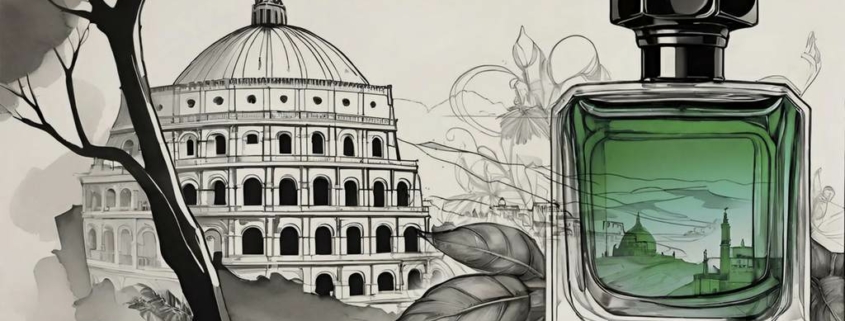
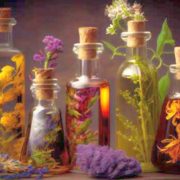
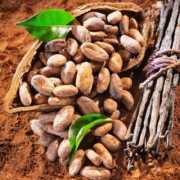


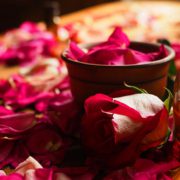
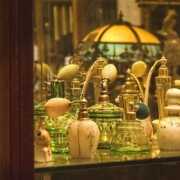

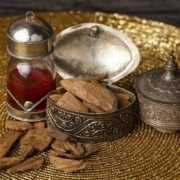














Leave a Reply
Want to join the discussion?Feel free to contribute!